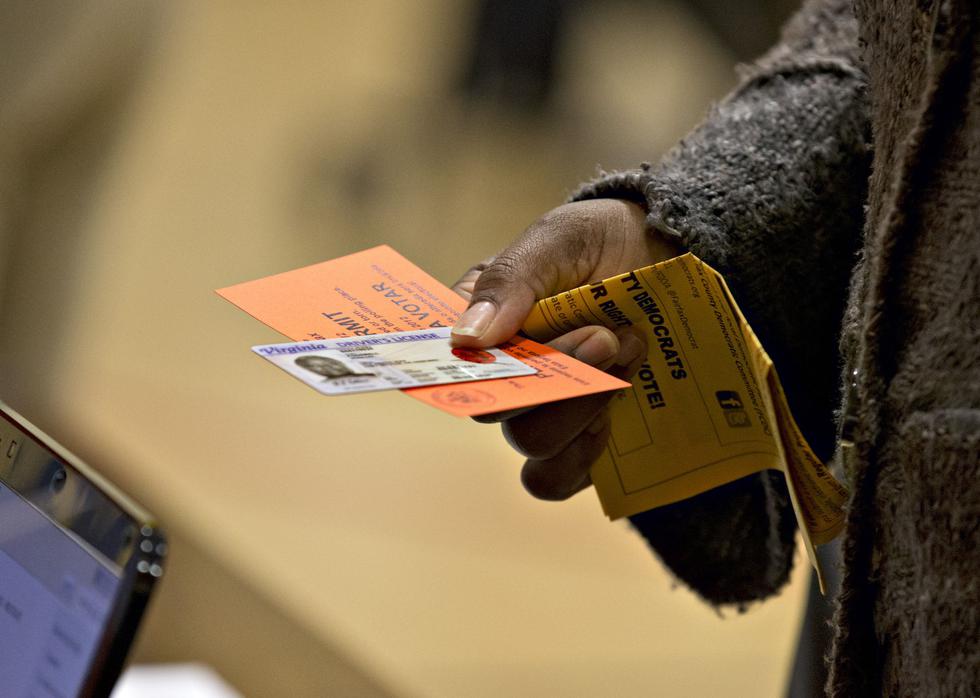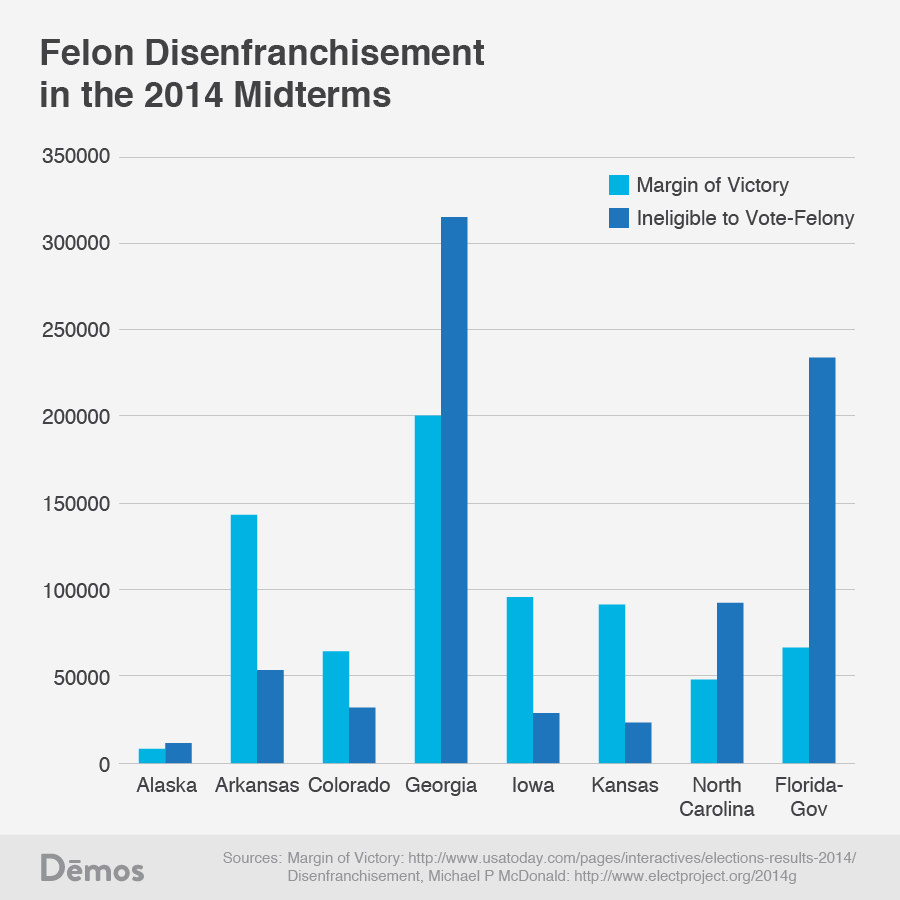
Last Tuesday's election was, by any measure, a sweeping victory for the Republicans-their second consecutive midterm sweep since Barack Obama took office, by which they've now picked up a total 77 seats combined in the United States House of Representatives and the Senate. In the House they've not had a majority this size since Herbert Hoover occupied the White House-and they control more statehouses now than at any time in the nation's history. But what does that mean-or more importantly, what does it portend, for Gridlock Nation?
Predictably, Republicans are claiming a mandate, while not a small number of commentators are noisily calling the results a "stunning rebuke" to the president and the Democrats. Yet given the size of their losses, Democrats from the Oval Office on down have remained surprisingly calm-even alarmingly detached, some might say. Harry Reid and Nancy Pelosi, at the moment, look set to retain their leadership posts, and the president so far is talking tough on his plans to use executive powers to govern in his last two years. Meanwhile, they're all staying brave, it seems, by telling themselves (and anyone who'll listen) two heartening but simple stories, one backward-looking, the other predictive.
The backward-looking story relies on a near-invariant about midterm elections: that the party in power loses seats. (It's a rule that, as political scientists say, is "highly robust," meaning that it's held in 19 of the past 21 midterms.) The forward-leaning story meanwhile is pointing at the House and Senate races in 2016, confident that Republicans are far more vulnerable for what they claim are two strong reasons: The GOP has far more seats at risk two years from now, and turnout in presidential years should favor Democrats in terms of how many and which voters are likely to show up to vote.
But is that how we should be reading this election?
Over the past several days, as more and more details about the various races around the country have come in, three things have stood out for me-yet are garnering less attention than I'd expect.
First, Americans didn't overwhelmingly choose Republicans over Democrats; if anything, they overwhelmingly voted "no" on both parties. Midterms always produce lower turnout than presidential years-but turnout in 2014 drew just 36 percent of the electorate. That's not just off-year low-that's the lowest turnout rate since 1942, the middle of World War II when nearly eight million voters were in uniform and absentee balloting was rare.
Second, for those who did turn out, nearly two decades of Republican-crafted voter ID laws in 33 states took their toll in key races. "Tuesday was the first federal election under laws that actually make it tougher to vote in 15 states," The Economist noted. "Eleven states rolled out new requirements for photo identification at the polls; nine states made it trickier to register to vote; eight states cut back early voting days; and three made it harder to restore voting rights to former criminals."
In the North Carolina race for U.S. Senate-at $107 million, the most expensive statewide race in American history-state House Speaker Thom Tillis beat Senator Kay Hagan by a margin of 1.7 percent, or about 48,000 votes, under one of the harshest new election laws in the country. It's a law that Tillis himself helped craft, that eliminated seven early voting days and same-day registration, and prohibited voting outside a voter's home precinct - all disproportionately likely to affect student and African-American voters. In North Carolina's 2010 election, 200,000 voted in the early voting days, while in 2012 nearly 700,000-including one-quarter of all African Americans voting in the election-did, as well; this year that was illegal.

A month before the election, the Government Accountability Office released a study showing the impact of voter ID laws in Kansas, where in 2012 turnout-a presidential year-was reduced 2–3 percent, and as much as 4 percent, among the young and minorities. In last week's Kansas gubernatorial race, Republican Sam Brownback beat back challenger Paul Davis by a margin of 2.8 percent, or less than 33,000 votes. According to the Brennan Center:
Kansans faced two new voting restrictions this year-a strict photo ID law that was put into effect right before the 2012 election, and a new documentary proof of citizenship requirement for voter registration … We know from the Kansas secretary of state that more than 24,000 Kansans tried to register this year but their registrations were held in "suspense" because they failed to present the documentary proof of citizenship now required by state law.
(The state's incumbent senator, Pat Roberts, a Republican, meanwhile held on against an independent by just 53 percent of the vote.)
Down in Florida-legendary home of the hanging chad-Republican Governor Rick Scott narrowly defeated former Governor Charlie Crist by less than 72,000 votes, a 1.2 percent margin. Under laws passed by Scott and the Republican legislature, 1.3 million Floridians couldn't vote last week because they've been convicted of a crime, even though they've served their time. (As governor, Crist had created a pathway to allow many of the former convicts to vote-which Scott reversed, effectively disenfranchising nearly one-third of African American male voters in the state.)

Meanwhile in Virginia, nearly 200,000 otherwise-qualified citizens were denied their voting rights because of improper or inadequate IDs; in Texas, the number was more than 600,000. All part of a 33-state effort to guarantee against voter fraud-a danger certifiably documented in 31 instances out of more than one billion votes cast since 2000, according to the Washington Post.
Voter restrictions weren't, however, the only thing helping to make this a record-low year for turnout. Money-"the mother's milk of politics," in the words of the legendary Jesse Unruh-was playing its role as well.
Final figures aren't in yet but it's likely that donors spent nearly $4 billion on this off-year race for 435 House and 33 Senate seats. It's not all about the Koch brothers-but a lot of it is, especially since, under Chief Justice John Roberts, the Supreme Court opened the floodgates for dark money from an unlimited number of undisclosed donors in the name of free speech. In Mitch McConnell's race, nearly $12 million in dark money was spent, 60 percent of that by a so-called social welfare group called the Kentucky Opportunity Coalition, against his opponent Alison Lundergan Grimes. In Colorado, it was even more: $18 million spent for Cory Gardner to help defeat Mark Udall; in North Carolina, $13 million for Thom Tillis against Kay Hagan. The list goes on-all told, so far, nearly a quarter-billion dollars in dark money, nearly 70 percent of that to support Republican candidates, has been officially reported. Then on top of that quarter billion was an additional $50 million spent by the super PACs that must disclose their donors, allowing the rich to bypass limits placed on what they can give individual candidates directly.
Dark money, voter suppression, an electorate unwilling to show up at the polls-these are not reason for optimism among Democrats two years from now, whatever happens in Washington between now and November 2016. I celebrated my birthday last Wednesday, and-trying to pick up the whistle-past-the-graveyard party line-reminded myself that I was born on Election Day 1946, when the GOP won control of Congress for the first time in two decades, and Richard Nixon and Joseph McCarthy were first elected. I tried telling myself that two years later, the Republicans had lost Congress and Truman had legendarily defeated Dewey. But then I reflected on the Nixon-McCarthy legacy, and the world they'd left behind before they were both finally driven from public office in disgrace.
My slice of birthday cake gave me less comfort than I hoped it would.



